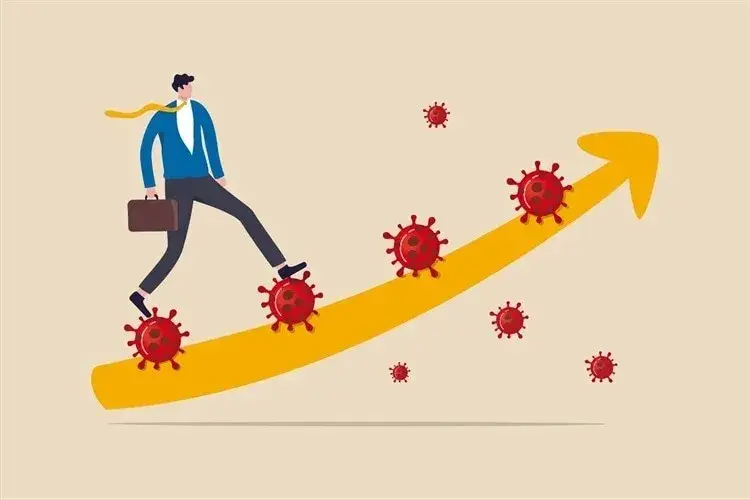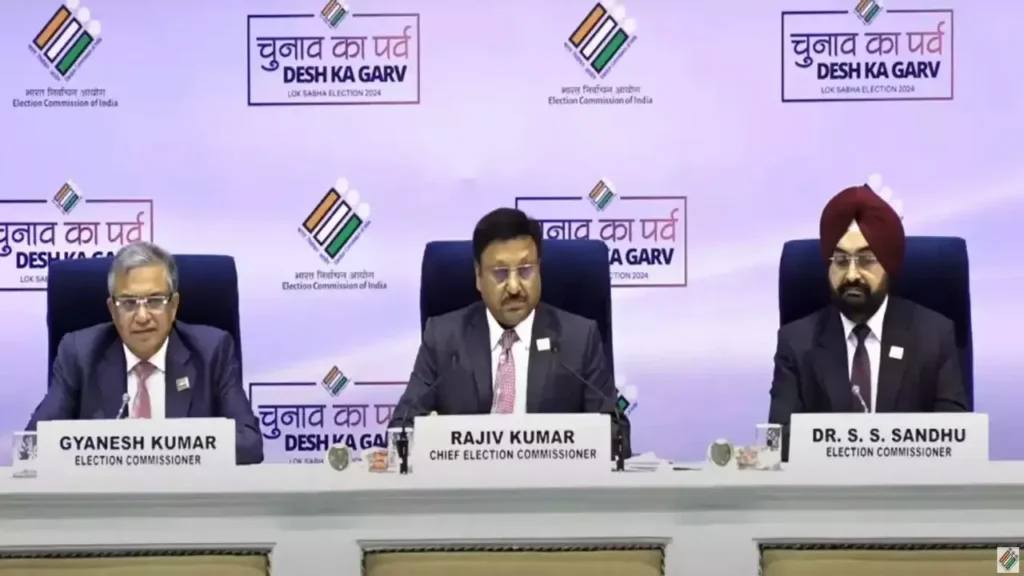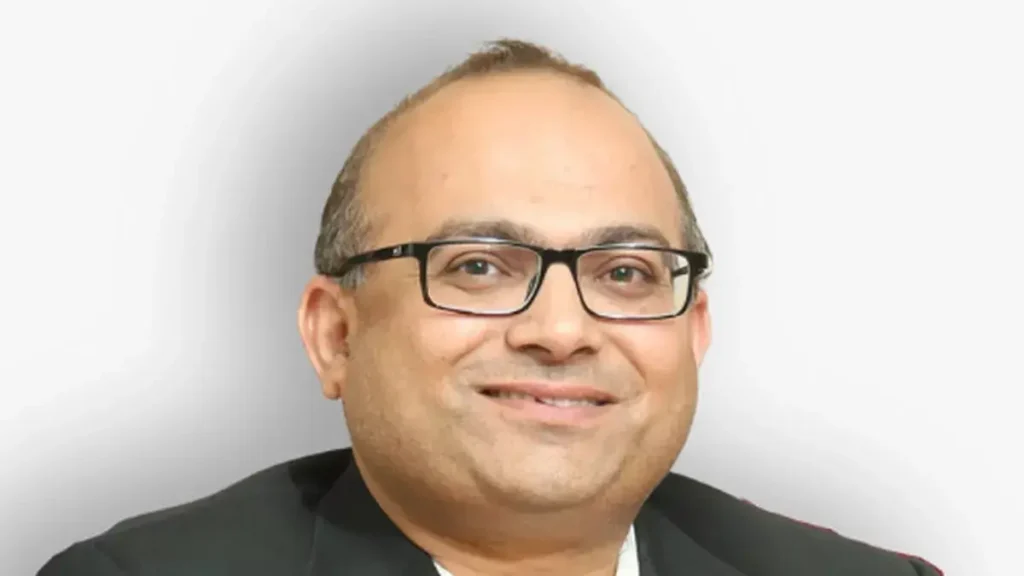Previewing the 11th New Normal Education Leadership Summit & Awards 2024 to be held on 3rd May 2024 in Coimbatore, Tamil Nadu
In a world constantly evolving, education stands as the cornerstone of progress, shaping minds, and molding futures. As we navigate through the complexities of the 21st century, the need for innovative, forward-thinking education has never been more pressing. Embracing this spirit of change and advancement, ArdorComm Media Group proudly presents the 11th New Normal Education Leadership Summit & Awards 2024, set to take place in the vibrant city of Coimbatore, Tamil Nadu, on May 3rd, 2024. Pioneering Education in Tamil Nadu Tamil Nadu, renowned for its rich cultural heritage and historical significance, emerges as a beacon of educational excellence within India. With Coimbatore, a bustling educational hub in South India, as its backdrop, the summit promises to be a melting pot of ideas, innovations, and insights. Students flock to Coimbatore from every corner of the nation, drawn by its esteemed educational institutions and unwavering commitment to quality education. A Convergence of Minds The summit serves as a Knowledge Forum, bringing together luminaries from various spheres of the education ecosystem. Academicians, educators, edupreneurs, innovators, industry experts, and government dignitaries will converge to share their experiences, expertise, and accomplishments. With over 50 speakers, representing a diverse range of perspectives, the event promises enriching discussions and thought-provoking insights. Our Sponsors and Partners The 11th New Normal Education Leadership Summit & Awards 2024 is proud to announce its esteemed partners, each contributing to the event’s success and impact. LinkedIn, as the Presenting Partner, brings its unparalleled networking platform to foster connections and collaboration. Samsung, the Powered By Partner, infuses the summit with cutting-edge technology and innovation. D2L, the EdTech Partner, provides expertise in learning management systems, driving continuous improvement in education. Intercell, the Mentoring Partner, offers guidance and support to empower future leaders. Teachmint, the Connected Classroom Technology Partner, facilitates seamless integration of technology into the learning experience. DigitalEd India and SAS, as Associate Partners, bring their respective expertise to enrich discussions and insights. Finally, Kalorex, the School Partner, represents excellence in education, embodying the summit’s mission to pioneer educational advancements. Together, these partners form a formidable alliance dedicated to shaping the future of education. Celebrating Excellence Central to the summit is the ArdorComm Education Leadership Awards 2024, a testament to the tireless dedication and innovation driving the education community forward. This prestigious accolade honors individuals, educational institutions, EdTech pioneers, and startups whose unwavering commitment has propelled the sector to new heights. Through recognition and celebration, the awards aim to inspire further excellence and foster a culture of continuous improvement within the education landscape. The ArdorComm Education Leadership Awards 2024 will recognize excellence across six segments, including Higher Education, School Education, Preschools, Skills & Training, Corporate, and Startups. By honoring the trendsetters, innovators, and education leaders of today, the awards aim to inspire future generations and catalyze positive change within the sector. Exploring the Key Discussion Points The summit will delve into a myriad of key discussion points, addressing the evolving needs of the 21st-century learner. Innovation in Teaching and Learning: Leveraging technology and innovative teaching methods to enhance student engagement and outcomes. Skills for the Future Workforce: Strategies for integrating employability skills and career readiness into educational programs. Sustainable Education Practices: Integrating sustainability education into the curriculum to foster responsible citizenship. Digital Literacy and Cybersecurity in Education: Building digital literacy skills among educators and students to navigate the digital landscape safely and responsibly. Global Collaboration and Partnerships in Education: Harnessing the power of international collaboration and partnerships to enrich teaching and learning experiences. The summit will also witness two insightful Leadership Talk Sessions Samsung Sponsored: Leadership Talk Session – A Roundtable Discussion Topic: Experience unlimited learning possibilities with Samsung: Future trends and innovations in technology to ensure education institutions represent the future of classrooms. D2L Sponsored – Leadership Talk Session – A Roundtable Discussion Topic: Adapting to Change: Future-Proofing Education with Innovative Technologies and Continuous Improvement in Learning Management Systems A Call to Action As we stand on the cusp of a new era in education, the 11th New Normal Education Leadership Summit & Awards 2024 serves as a rallying cry for progress and transformation. Together, let us unlock the boundless potential of education, shaping a future where every learner has the opportunity to thrive and succeed. Join us tomorrow, 3rd May’24 in Coimbatore as we embark on this transformative journey, charting a course towards a brighter, more inclusive tomorrow. Stay tuned for live updates and highlights from the summit. For more details, visit https://ardorcomm-media.com/elsacoimbatore/ Follow #ELSATamilNadu #ELSACoimbatore #ArdorComm #NewNormal for the latest updates and insights.










